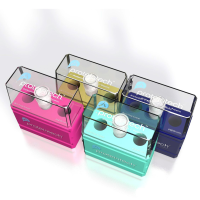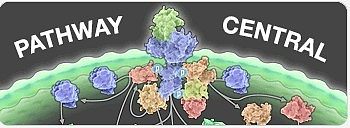Immunohistochemical Detection of Cytokines in Human Tissue Sections
互联网
672
Cytokines, small soluble molecules, are secreted by many cells including cells of the immune system and the central nervous system (Figs. 1 and 2 ). Immunohistochemical detection of cytokines in tissues is hampered by the intrinsic properties of these molecules, i.e., their expression levels are usually very low, and they are released by the producing cells. These properties demand special attention regarding preparation of the slides as well as the immunohistochemical detection method. Upon cutting, the sections have to be fixed immediately in freshly prepared paraformaldehyde or air-dried and subsequently fixed in acetone to avoid diffusion of the secreted cytokines. Furthermore, a detection system should be used which can be enhanced to detect even low-level expression of the cytokines of interest.
Fig. 1.
Immunohistochemical detection of cytokines in Hodgkin’s disease. (
A
) Expression of TGFβ is observed in macrophages as a brown cytosolic staining (arrows). (
B
) Strong granular staining of IL-10 is observed in neoplastic cells (arrows). Nuclear counterstaining with haematoxylin. Magnification
A, B
: �560.
Fig. 2.
Immunohistochemical detection of cytokines in multiple sclerosis (MS) brain lesions. (
A
) IL-10 expression is observed as a brown product in reactive astrocytes in a chronic active MS lesion (arrows). (
B
) Strong IL-4 staining is observed in reactive astrocytes in a chronic inactive MS lesion (arrows). Nuclear counterstaining with haematoxylin. Magnification
A, B
: �360.









